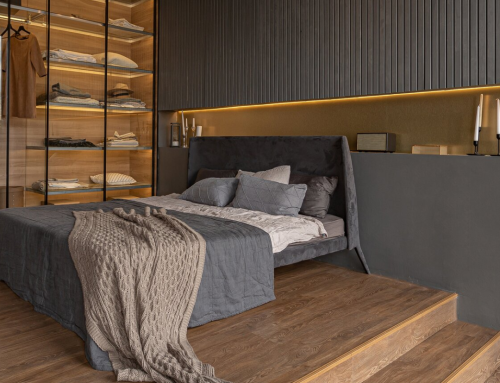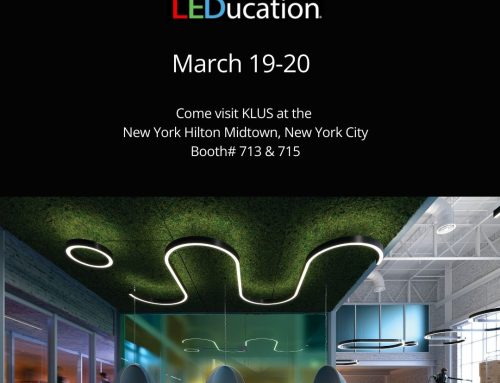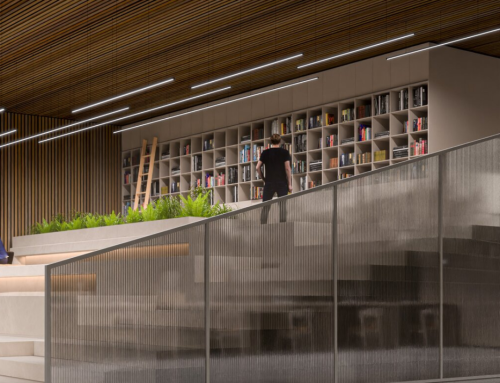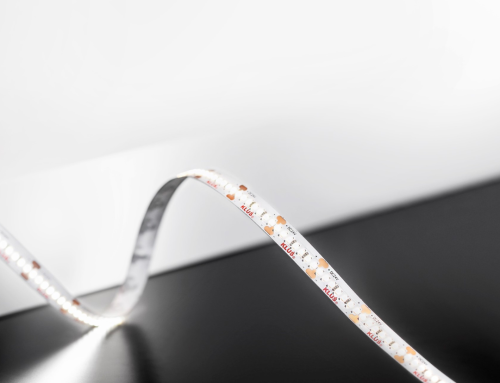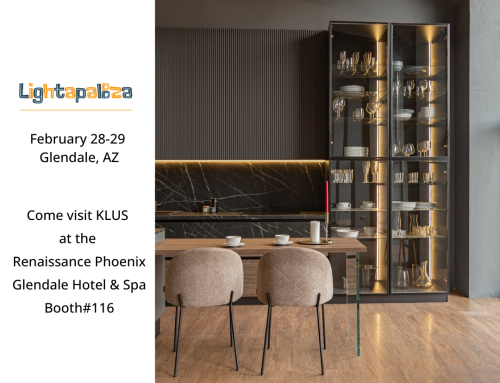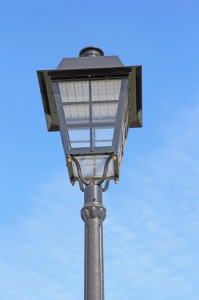 The future is with us now. That is a declaration from the U.S. Department of Energy, which sees LED home lighting taking the forefront and saving homeowners money and cutting the nation’s energy bill by billions of dollars in the coming years.
The future is with us now. That is a declaration from the U.S. Department of Energy, which sees LED home lighting taking the forefront and saving homeowners money and cutting the nation’s energy bill by billions of dollars in the coming years.
LED, or light emitting diode, light has the power to cut energy use in the country by $30 billion in today’s electrical prices by the year 2027 as homeowners turn from the old incandescent lights and the disappointing compact florescent bulbs (CFLs). That would be equal to the annual output of 44 large power plants, according to the Energy Department.
Those are just the figures for home use. In the next two decades, LED use overall could cut electrical usage for lights by half at a cost savings of $250 billion and cutting 1,800 million tons of carbon emissions.
The proof of savings is in the trying. An Ohio man recently performed a year-long trial in which he replaced all the bulbs in his house with LED home lighting. While the initial investment was more than traditional lighting — LED light bulbs have fallen from their initial $50 a piece to about $10 now — he did cut his electric bill and so got a 41 percent return on that investment. When the fact that the bulbs are expected to last about 20 years is added in, that savings will be much higher over time, he estimated.
LED home lighting should be an easy choice for homeowners to make, whether they are concerned about the environment or just about their monthly electric bill. Consider that LED lights emit very little heat and so are much more energy efficient than their incandescent counterparts, which release about 90 percent of their energy as heat.
LED lights also come in a variety of hues. They can beam a bright white light in the kitchen or a bluish color that is easier on the eyes for reading. And LEDs are directional, which makes them perfect to aim at counter tops. For this reason, they also are increasingly being used as street lights, in parking garages, and for task lighting.
Other positive aspects of LED home lighting include their sturdiness, since they are constructed with epoxy lenses instead of glass; they will cast light for about 25,000 hours or more; they are small, so they can easily fit almost anywhere; and they contain no mercury, unlike CFLs.

